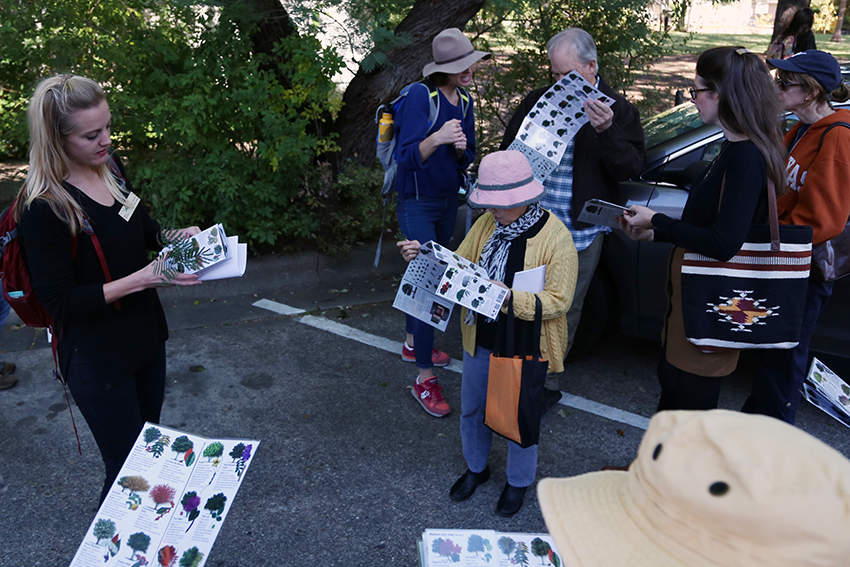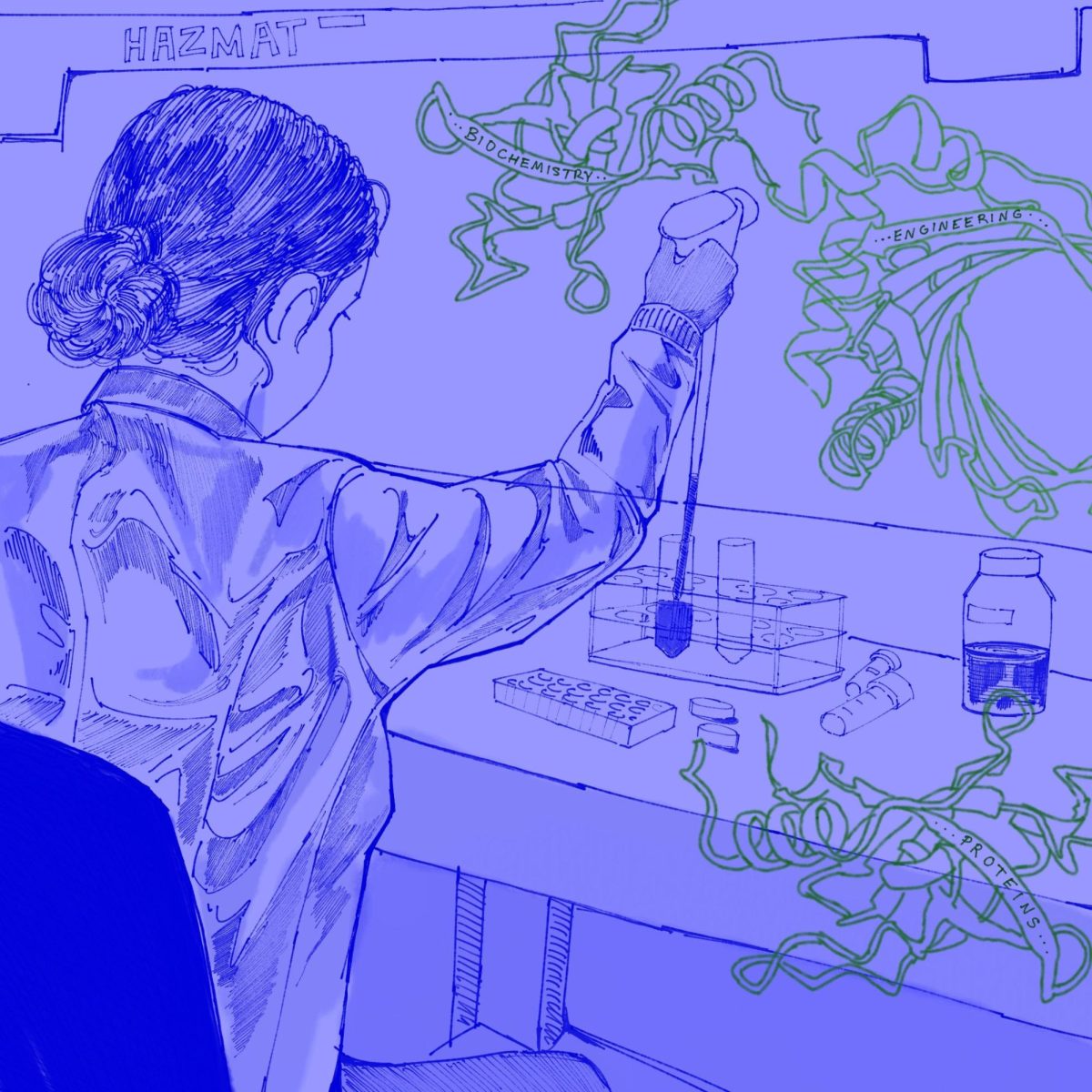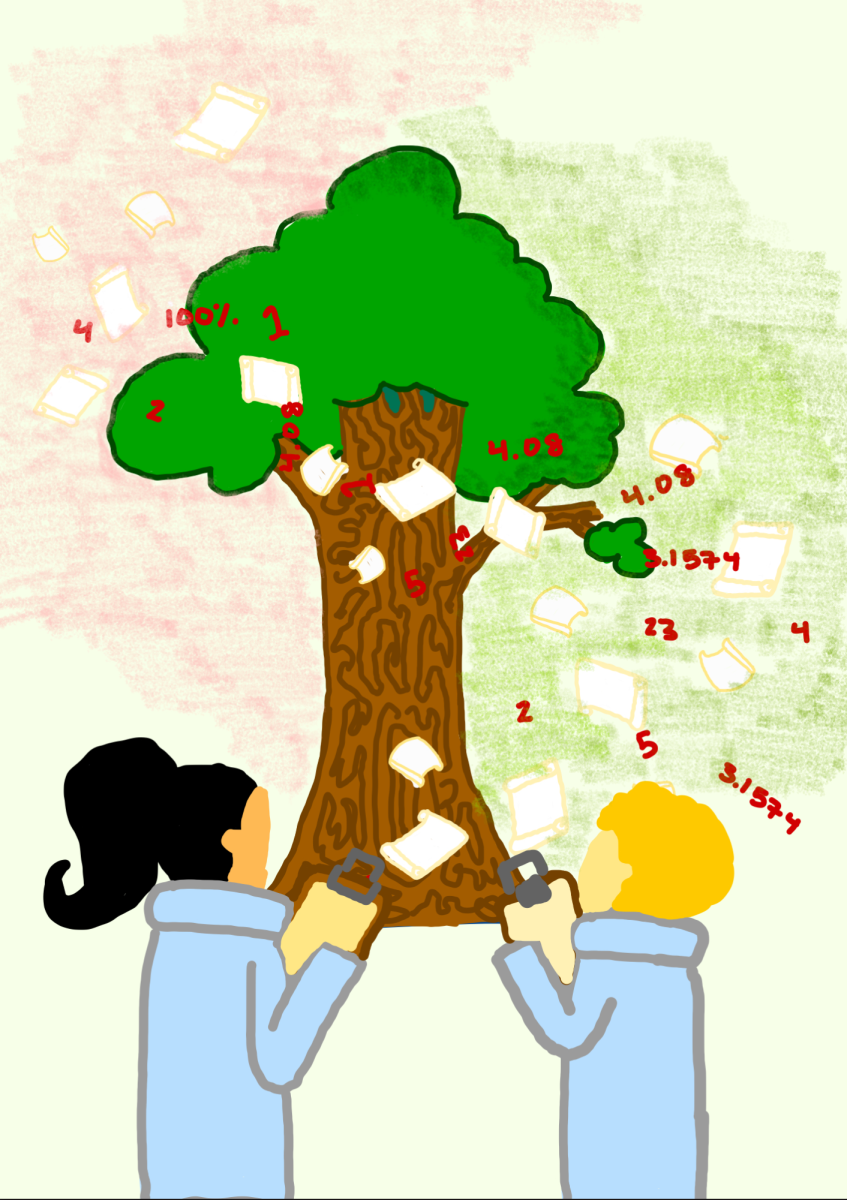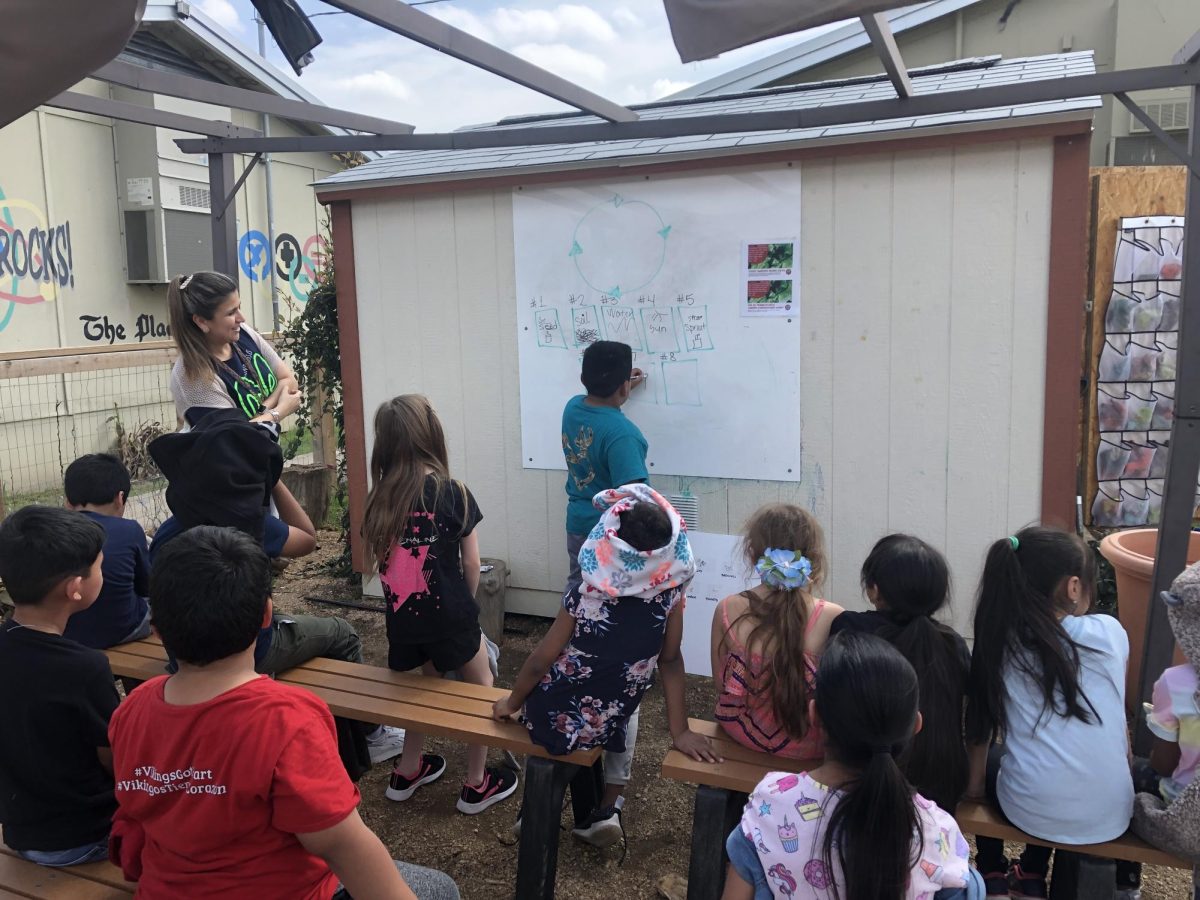UT’s campus is home to many different types of trees; however, students don’t always stop to acknowledge them and the benefits they provide.
“UT has incredible trees, including the state champion Deodar Cedar and oaks that mark important events in Texas history,” said Audrey Stewart, education coordinator of TreeFolks, a local nonprofit.
TreeFolks hosted its first Tree ID walk at UT Thursday, providing students and faculty the opportunity to go outside and learn more about the world around them. The walk was co-led by STEM education Ph.D student Sarah Jenevein and TreeFolks education coordinator Audrey Stewart.
“Through our walks, we hope to inspire folks to look at trees in a new way,” Stewart said. “Taking time to notice and learn about Austin’s trees helps us feel more
connected to our urban trees and appreciate all they do for us, including cool our city, clean our air and water, create habitat for wildlife, and beautify the landscape.”
TreeFolks is dedicated to empowering central Texans to build stronger communities through planting and caring for trees, according the organization’s mission statement. The walks themselves strive to instill a sense of appreciation toward the vital ecological role trees play in a fun and engaging way.
“TreeFolks hosts a series of free Tree ID walks and hikes around the city to teach people how to identify the trees we see around us every day,” Stewart said. “The goal of the UT walk is to introduce folks to some of these amazing trees and tree identification techniques.”
Thursday’s walk surveyed trees around the Tower, starting with the live oaks outside Garrison Hall and ending at the Turtle Pond. The walk focused on identifying trees based on their basic features, such as leaf shape and arrangement, flowers, fruits and bark. Participants were provided field guides of native Texas trees to help them in the
identification process.
“On this walk we identified live oak, southern magnolia, Mexican buckeye, red oak, huisache, catalpa, yaupon, Bradford pear and ligustrum,” Jenevein said. “We also discuss uses for trees and the roles they play in their environment. For instance, seeds and berries from trees provide food and cover for animals and riparian trees help secure soil, reducing flooding and erosion.”
The walk was successful in raising awareness amongst its participants, including psychology freshman Harshini Addanki.
The roles trees play to our ecosystem is just so important,” Addanki said. “Even in an urban jungle like Austin, without trees, we’d be living in a more terribly
polluted world.”





















